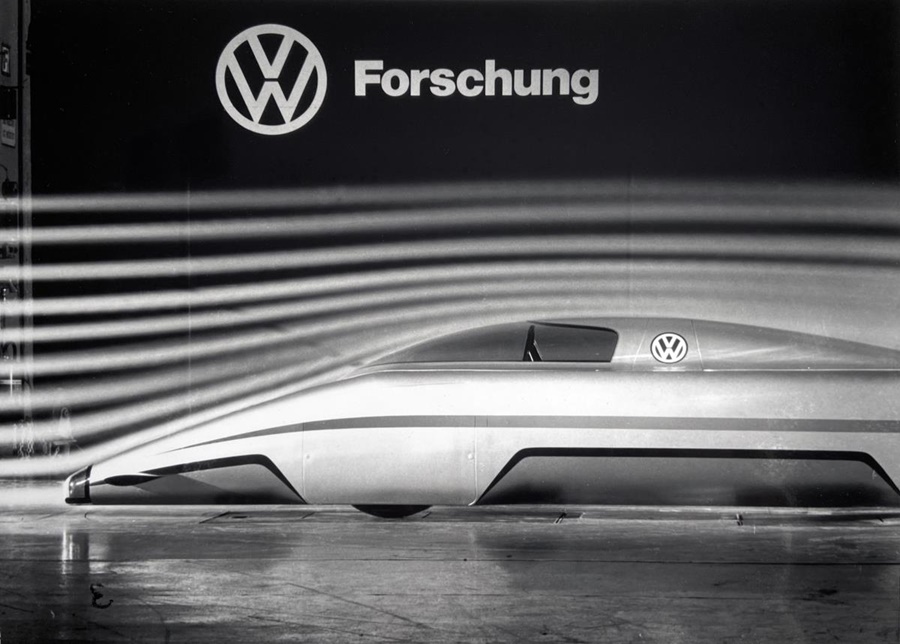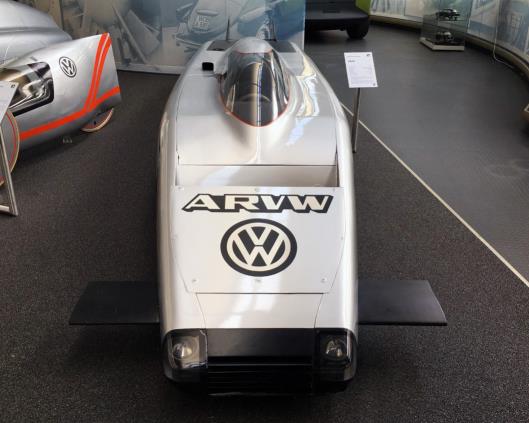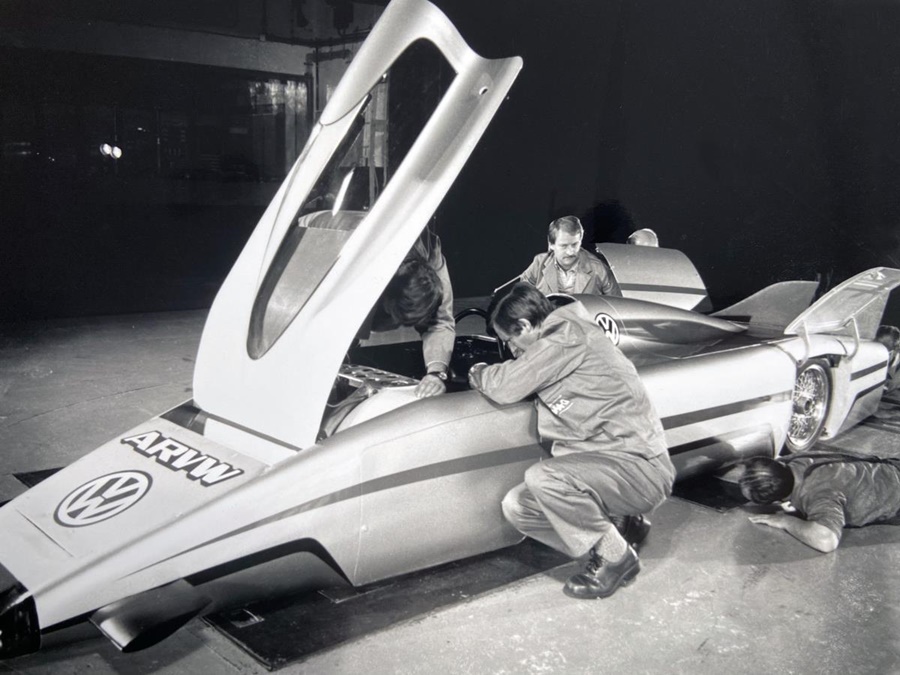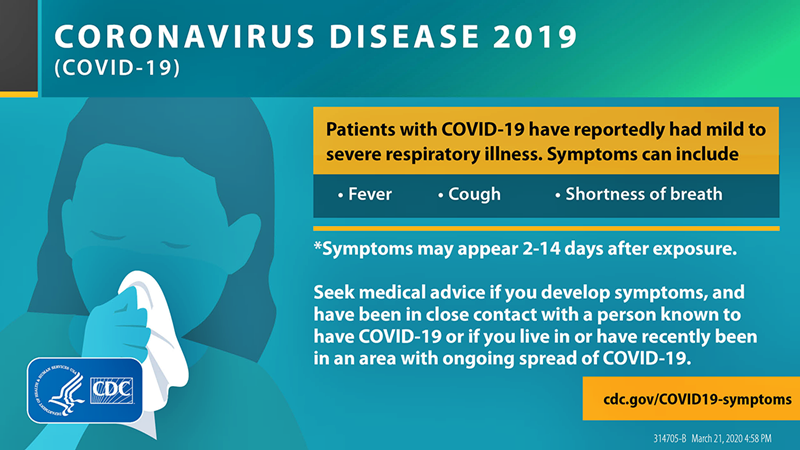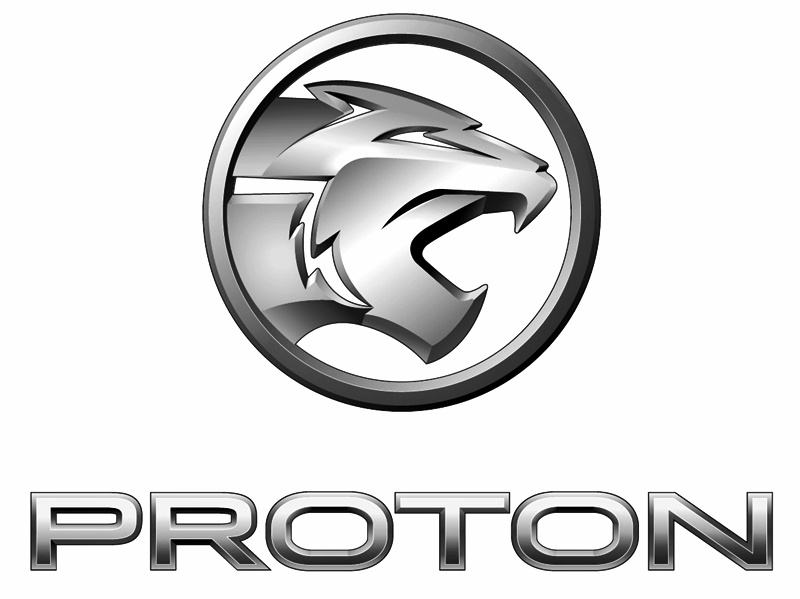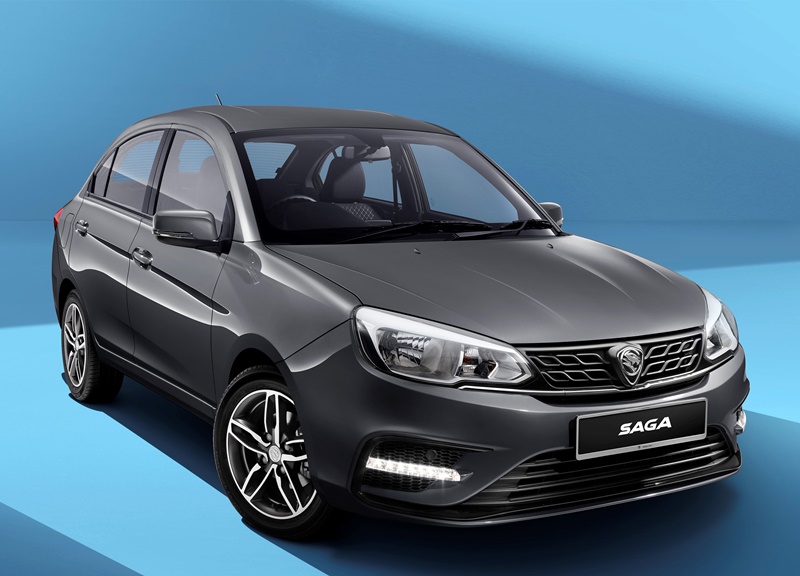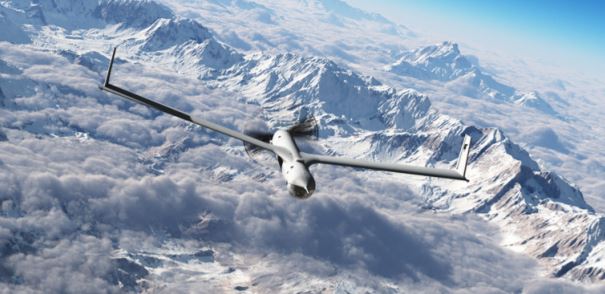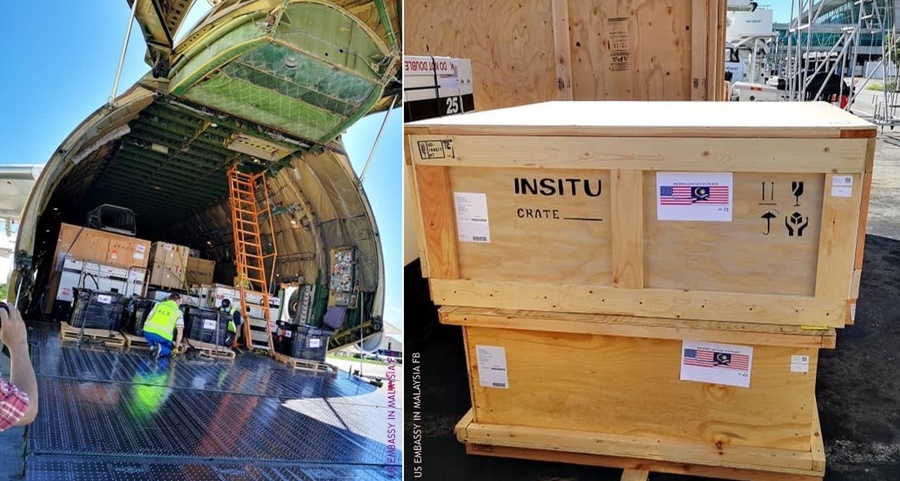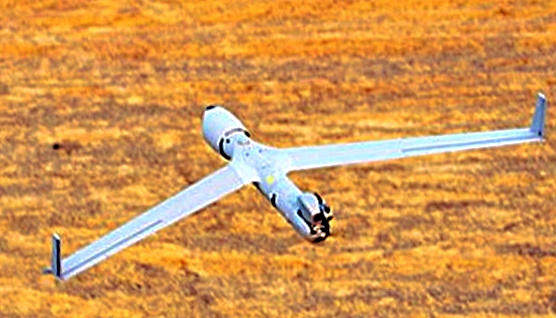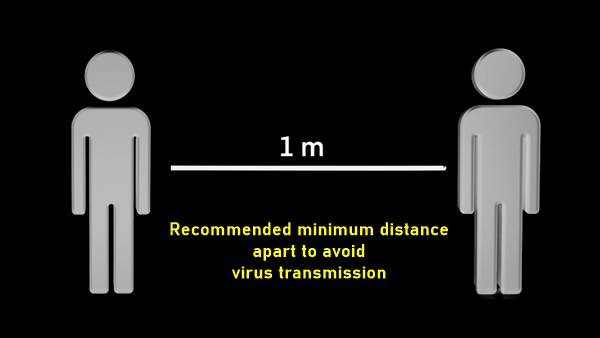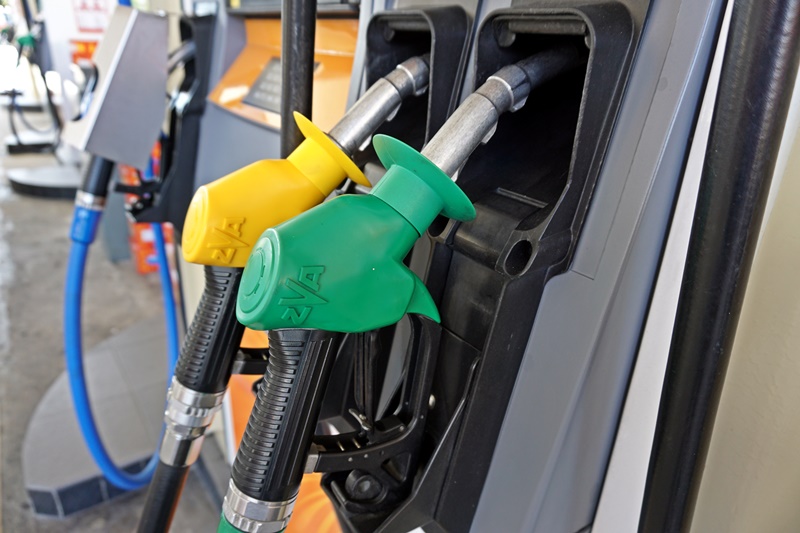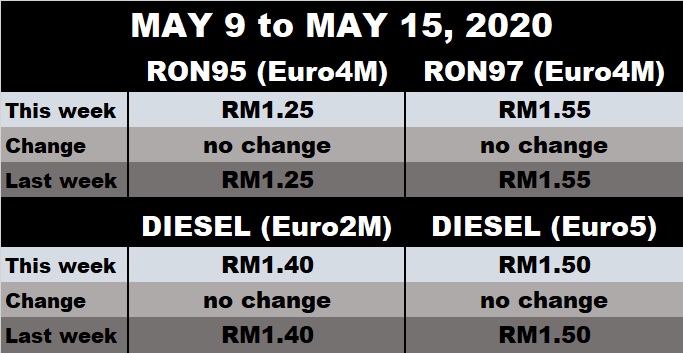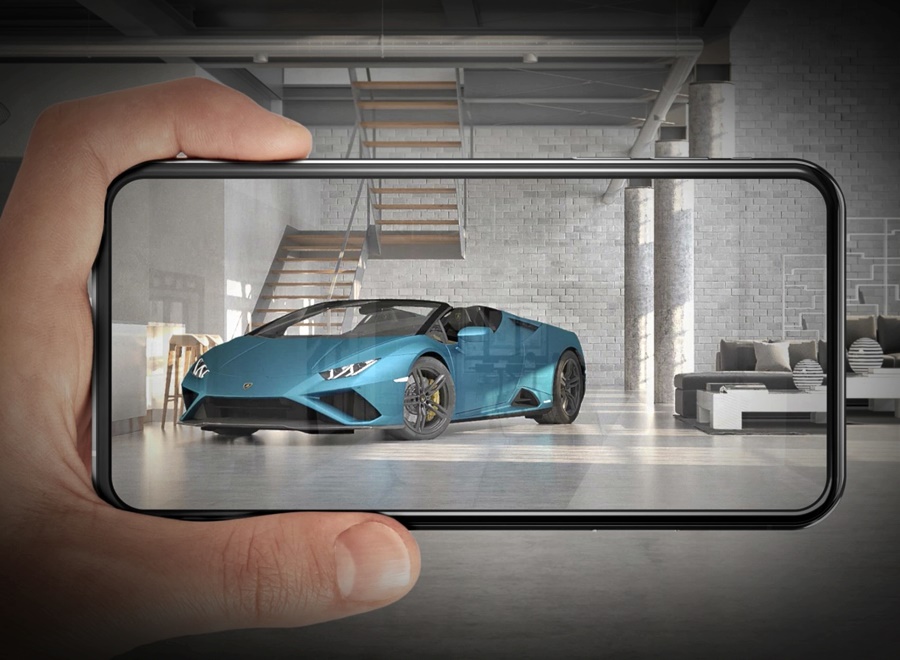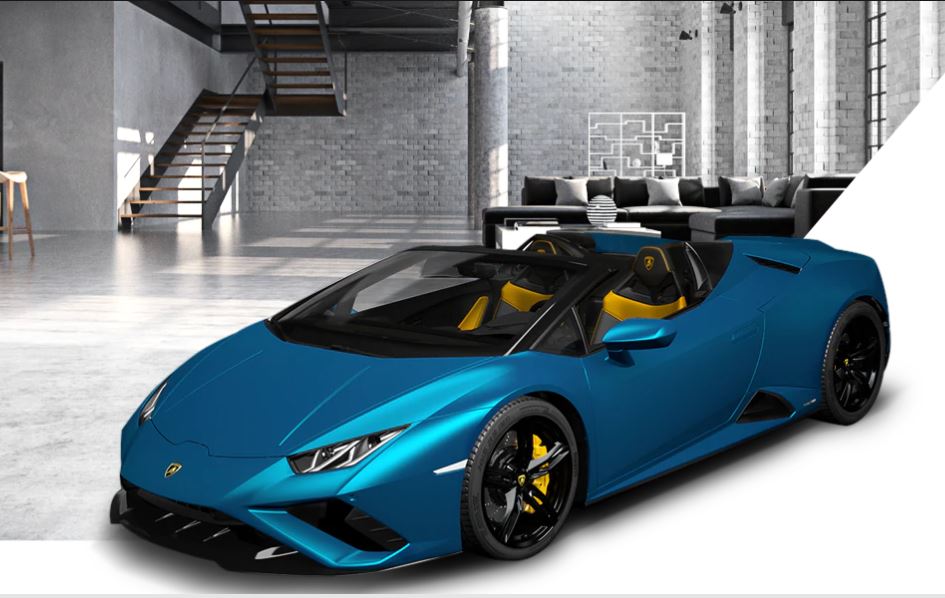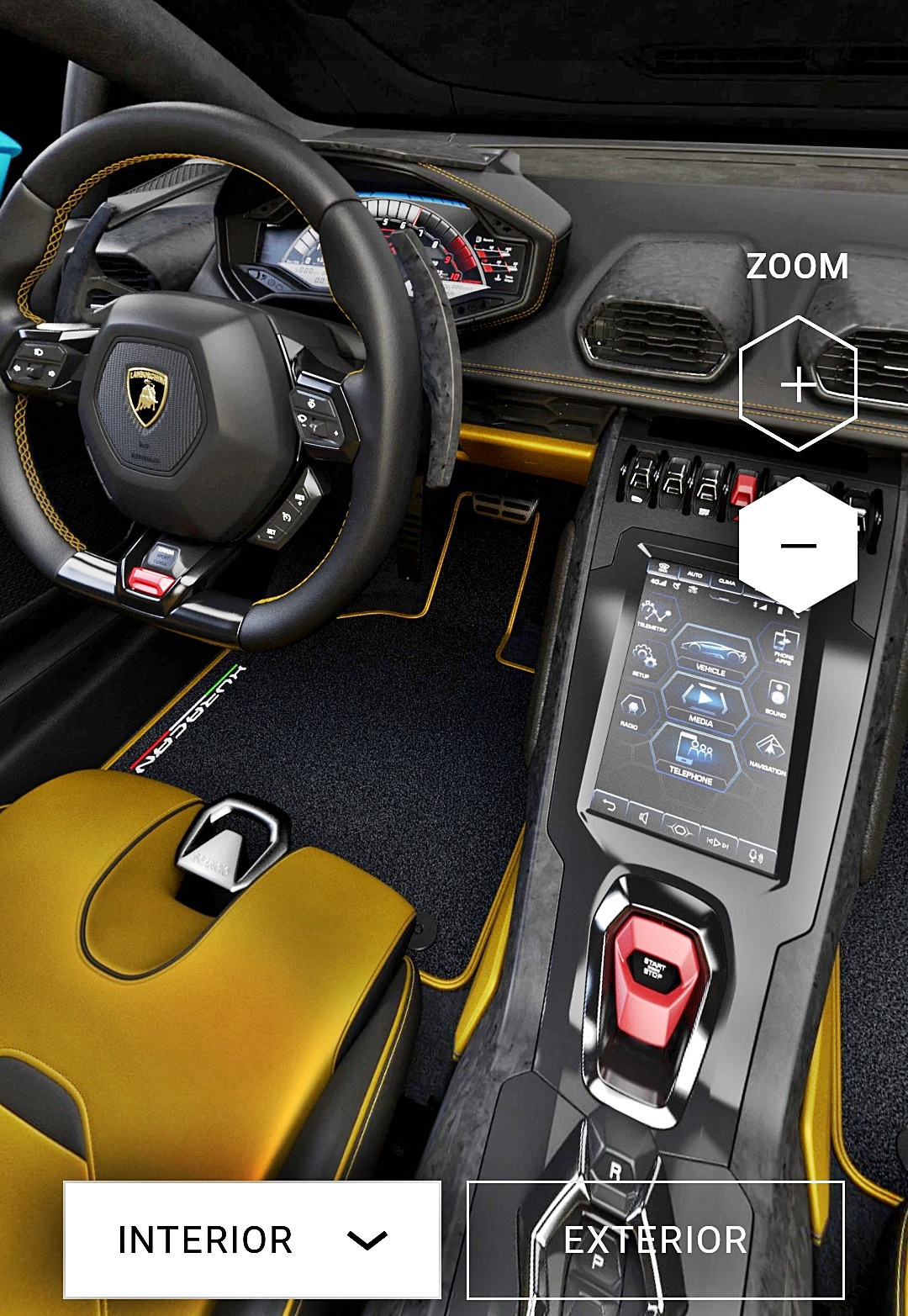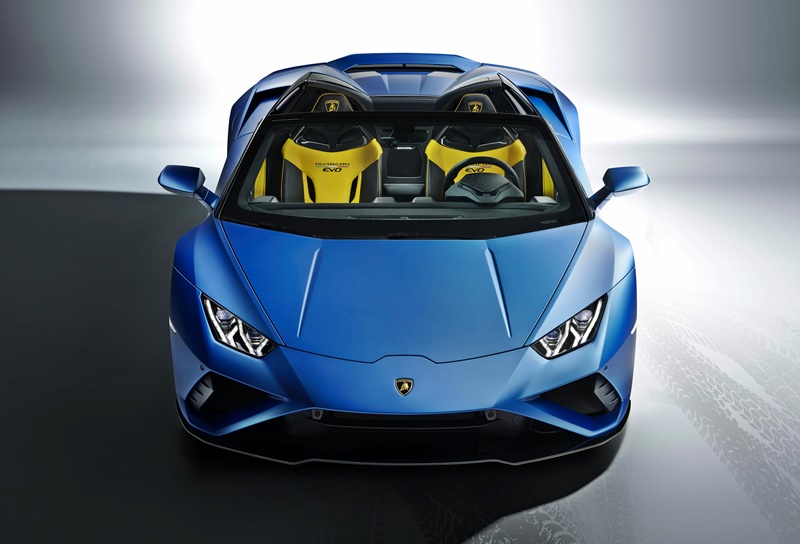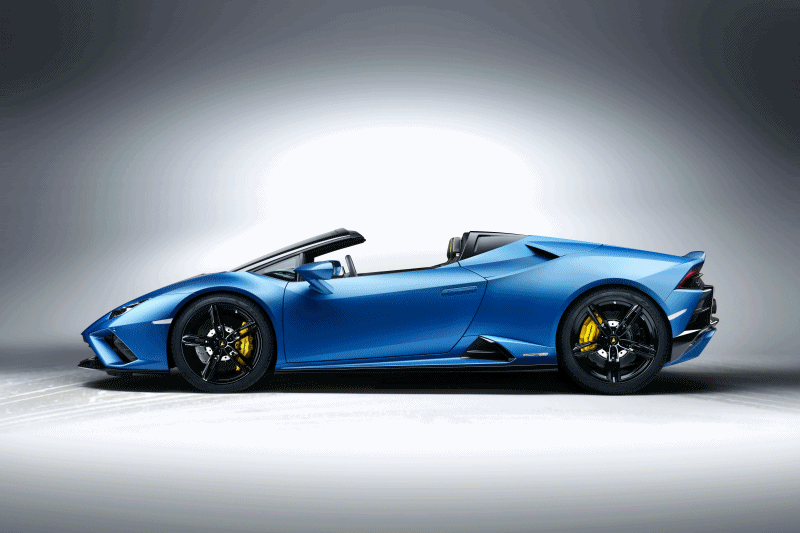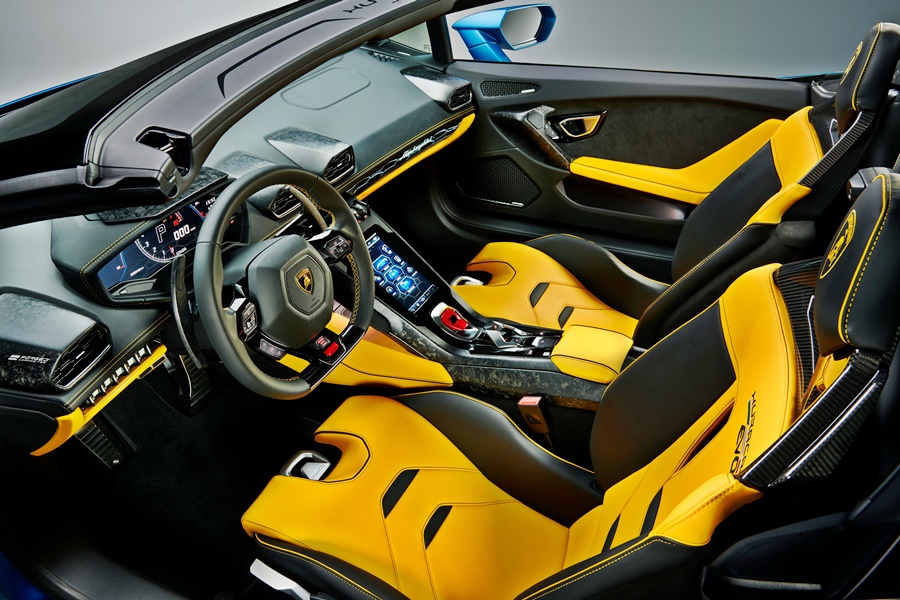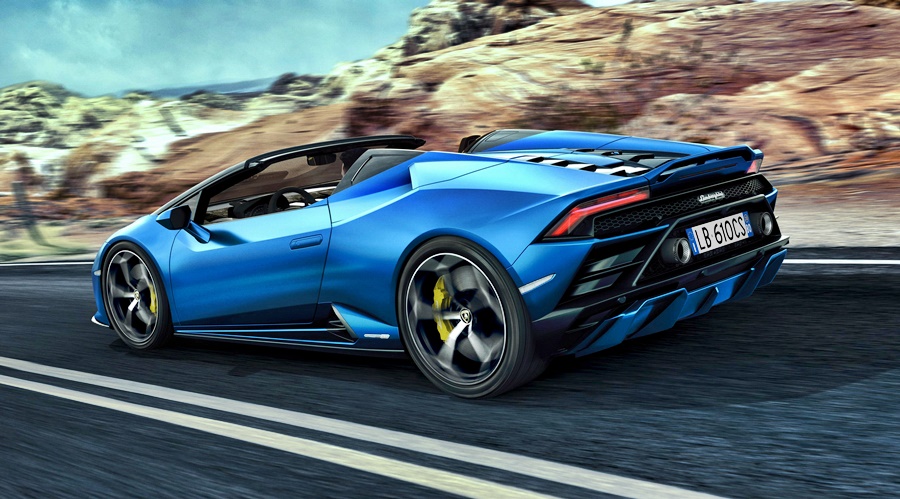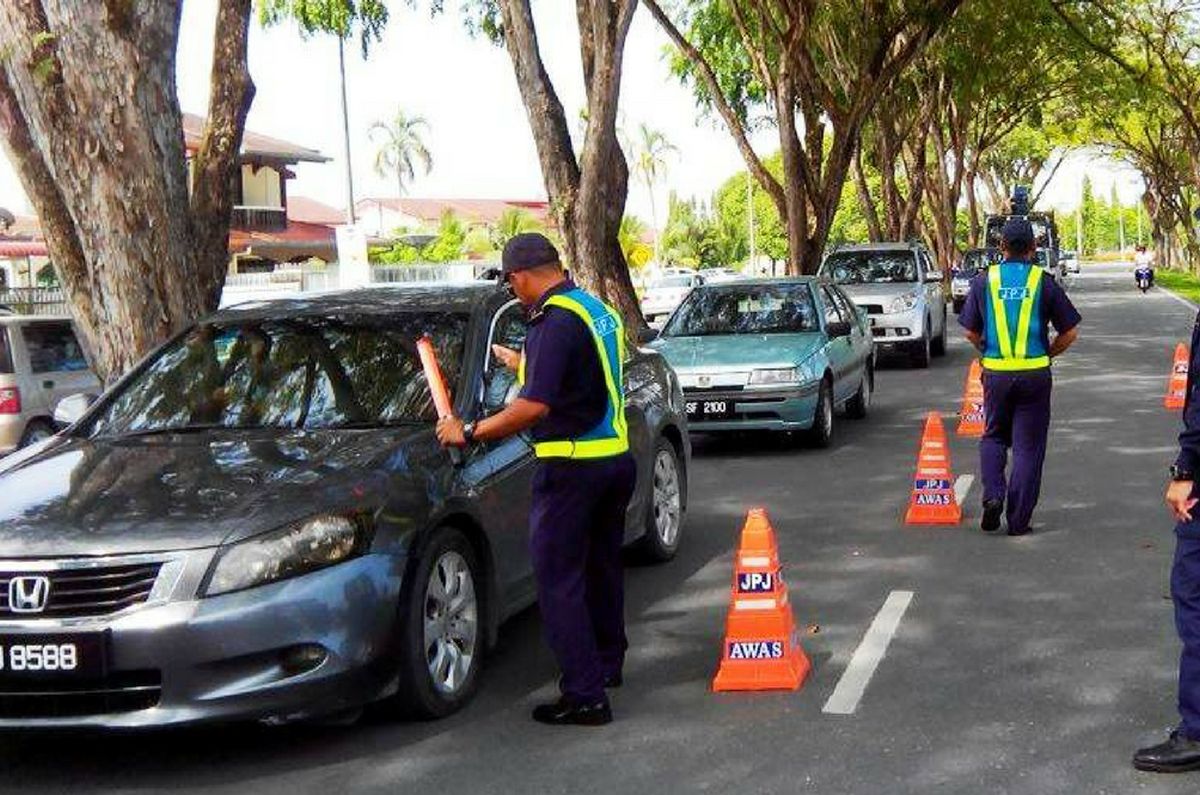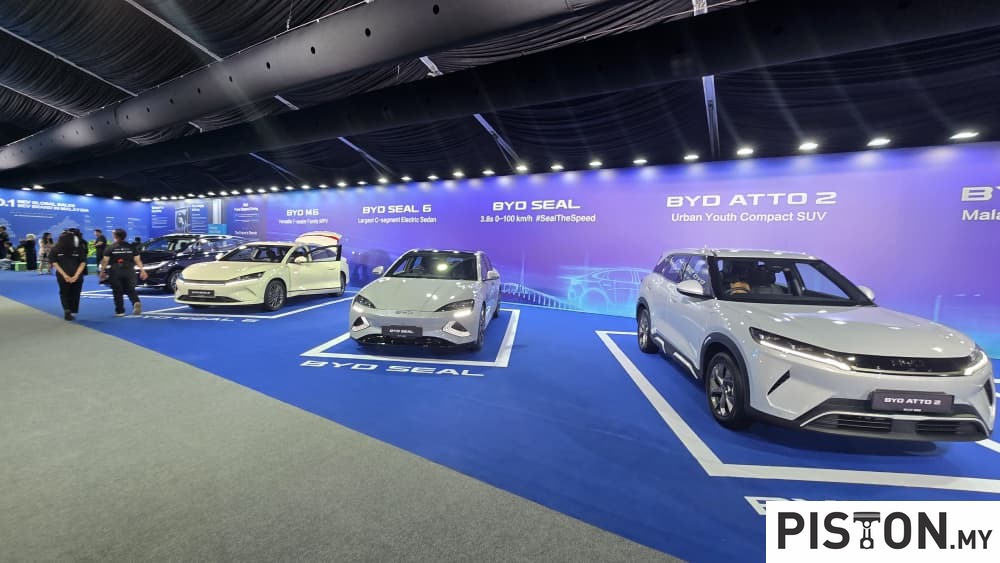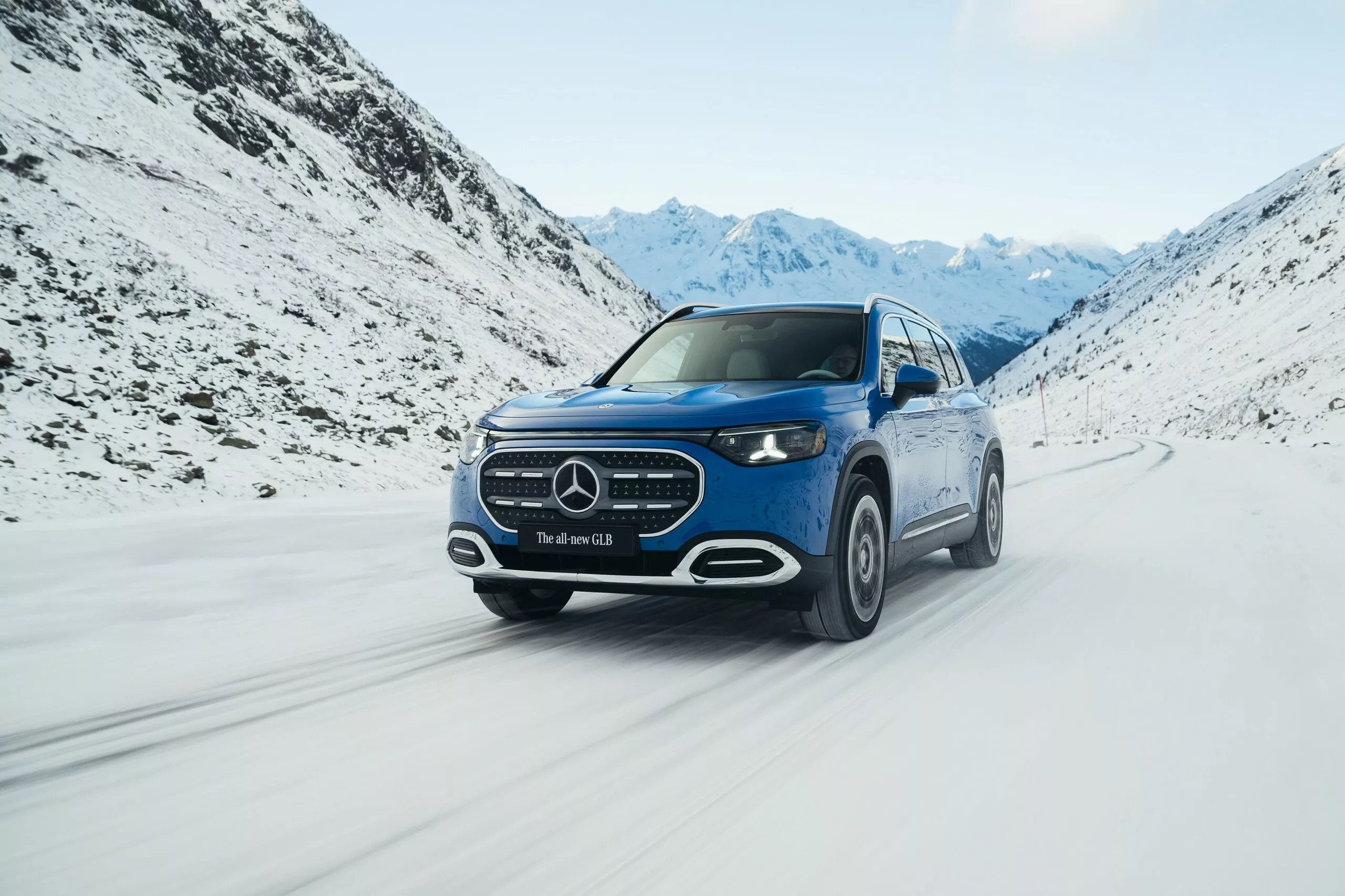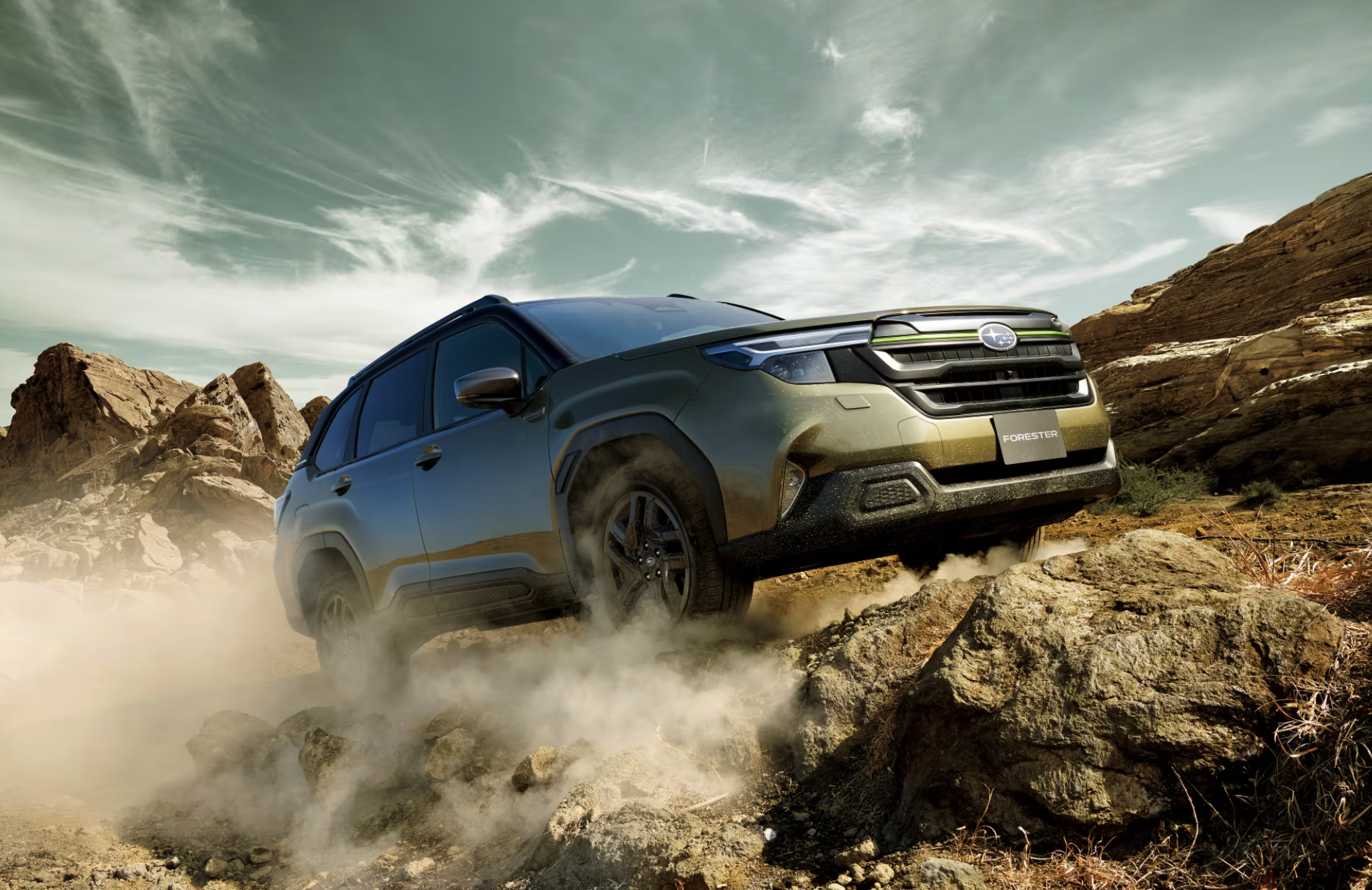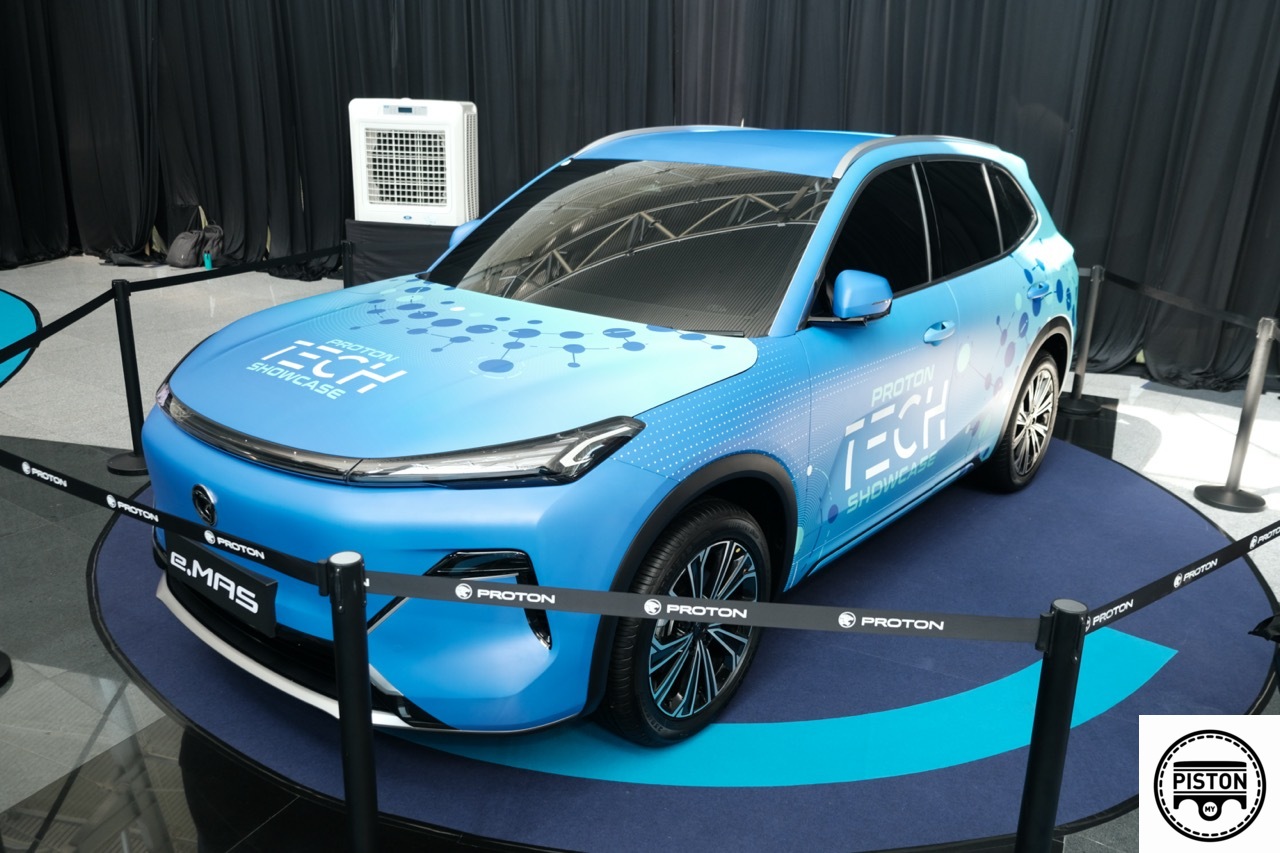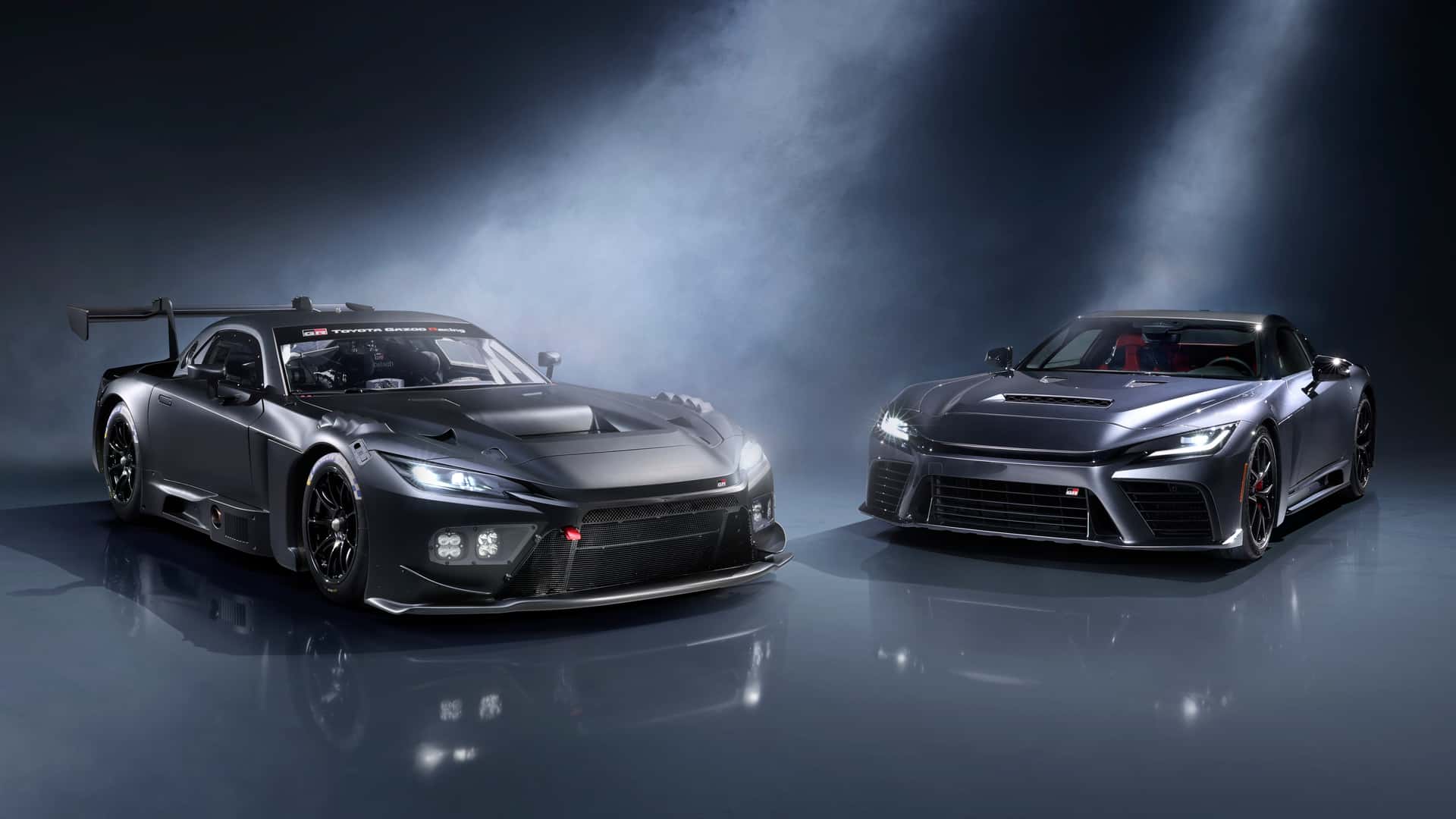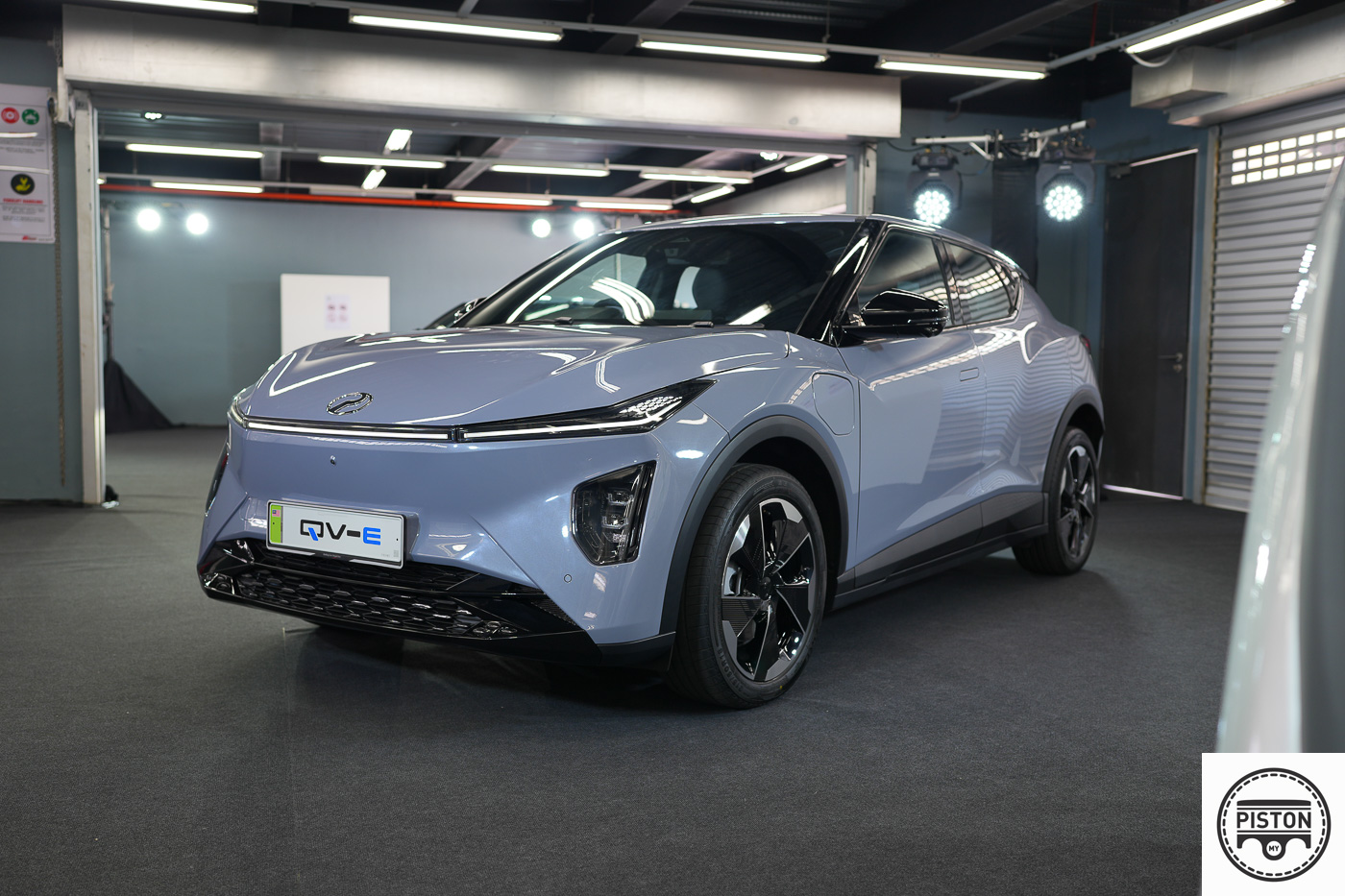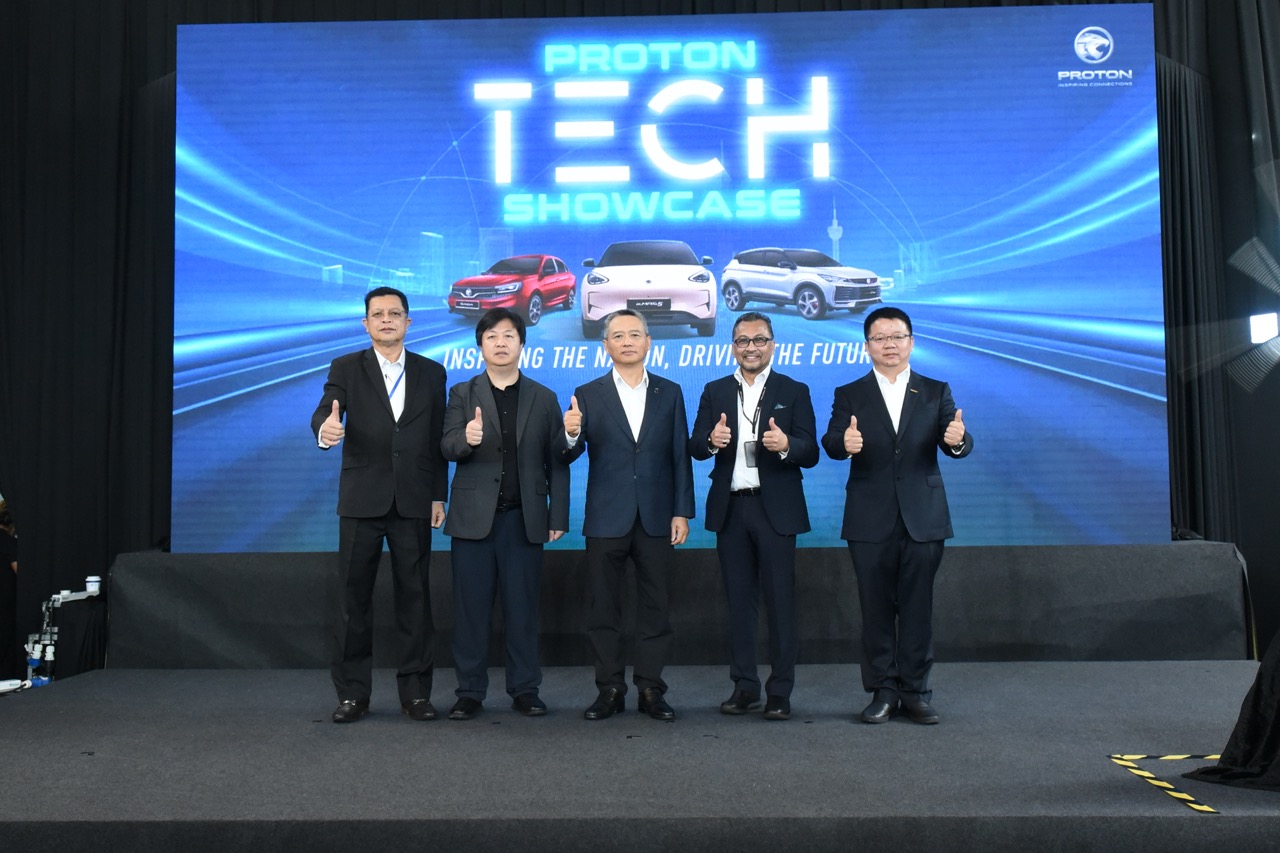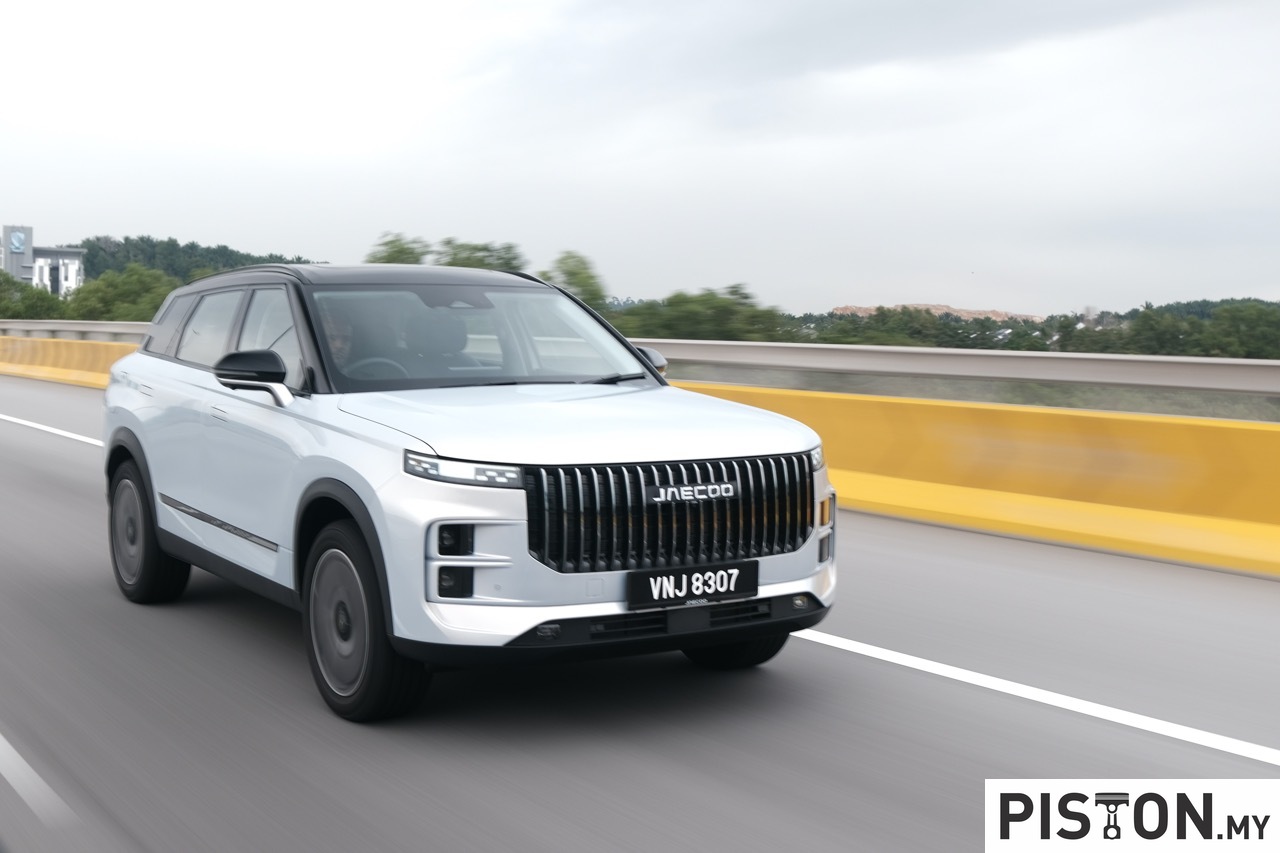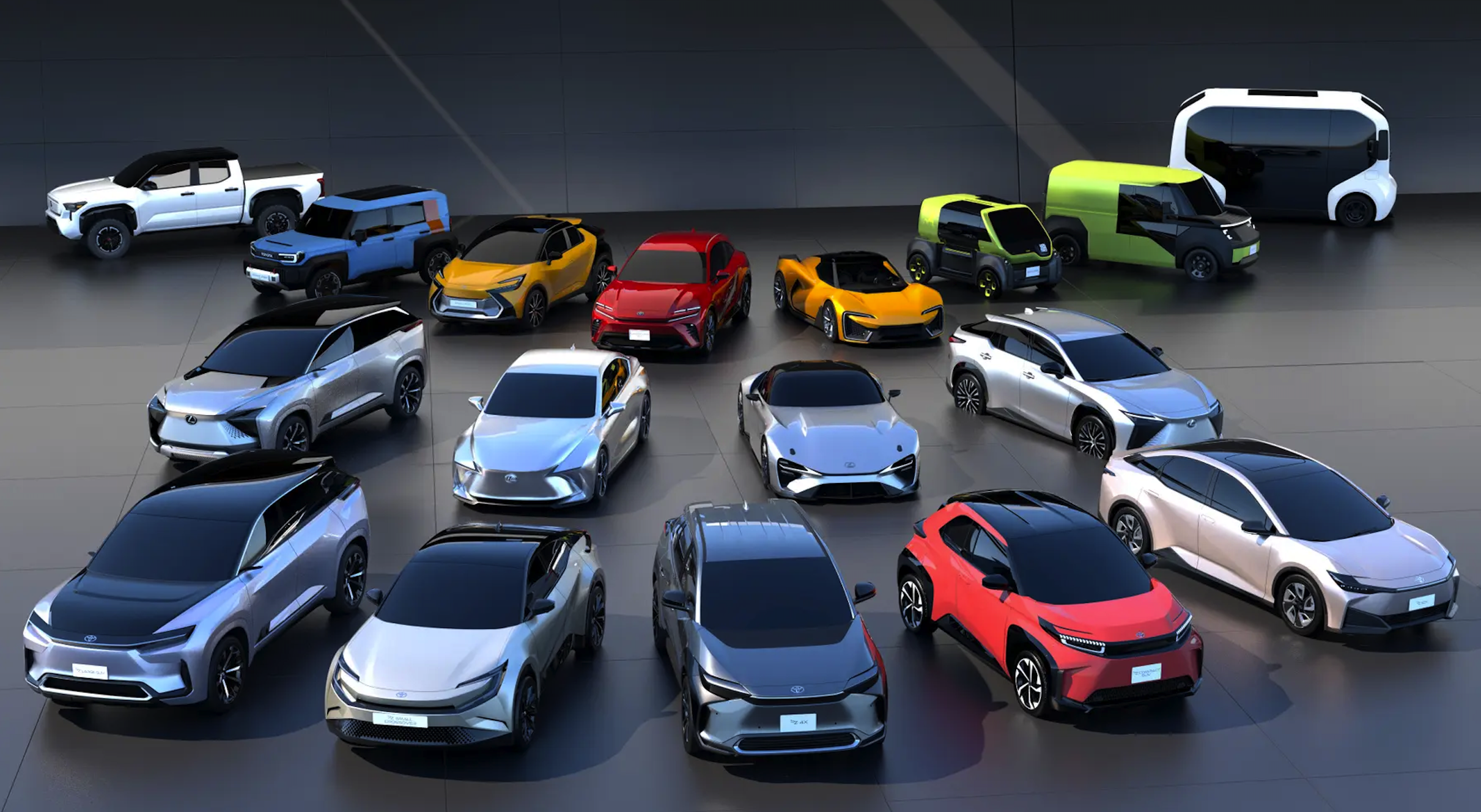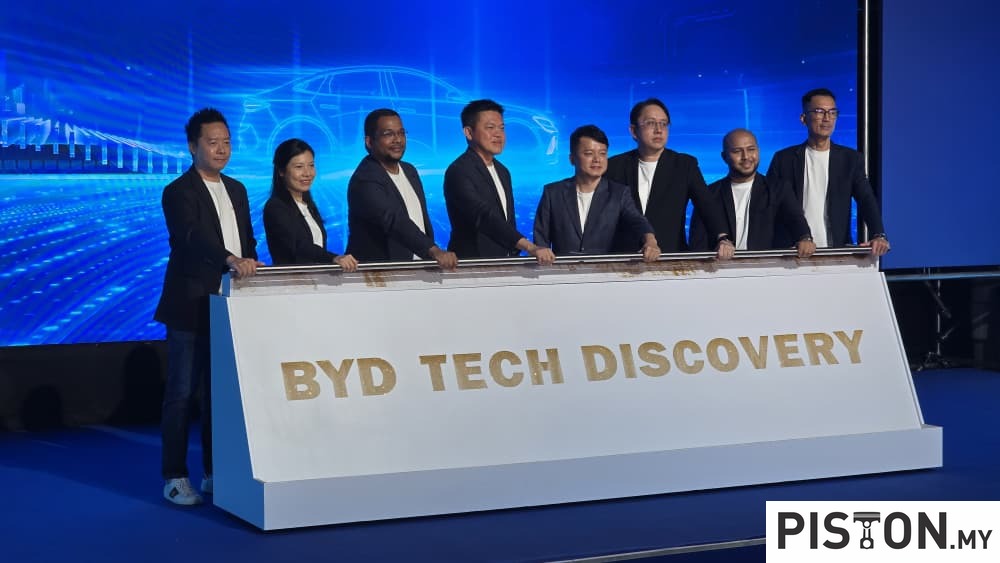For decades, car designers have understood that aerodynamics play a key role in a vehicle’s performance in more ways than one. The better the aerodynamics – usually referencing its coefficient of drag or Cd – the less wind resistance it has. This, in turn, can benefit fuel economy as less power is needed to achieve a desired speed, reduce wind noise and also enhance stability.
Over the years, various shapes have been conceived with the aim of lowering the Cd number as much as possible. The vehicles have looked strange in some examples but usually had typical features such as a sleek bodywork and sharp nose to ‘pierce’ through the air.
Few have been more radical than the Aerodynamic Research Volkswagen (ARVW) of 1980, a single-seat arrow that remains the most aerodynamic vehicle ever built with a VW badge. Sparked by the oil crises of the 1970s, the ARVW was meant to demonstrate how aerodynamics and lightweight vehicle construction could generate massive speeds from everyday power.
The first challenge was squeezing a driver, powertrain and four wheels into a body that could have the smallest profile possible. At just 84 cm tall and 110 cm wide, the ARVW’s shape was optimised for aerodynamic smoothness. Its wheels were hidden wheels and a smooth underbody allowed air to pass under the vehicle without turbulence. There were even moveable fins that helped keep it stable at high speeds.
The ARVW was built from an aluminium frame under a fibreglass-and-carbon body. Power came from a 2.4-litre turbocharged, inline-six engine which produced 177 bhp. Set right behind the driver, it powered the rear wheels via a chain drive. By using an onboard water tank that injected water into the turbocharger’s intake, the engine needed few cooling vents. The main cooling vent was positioned in the nose to let air flow smoothly over its radiator and exit on top of the vehicle.
The ARVW’s Cd was 0.15, a number that remains far sleeker than any production vehicle. In October 1980, a small team of Volkswagen engineers and a skilled driver went to the Nardo test track in Italy to demonstrate what the ARVW was capable of. In the first hour, the ARVW hit 355 km/h., eventually reaching 362 km/h, setting two world speed records in the process.
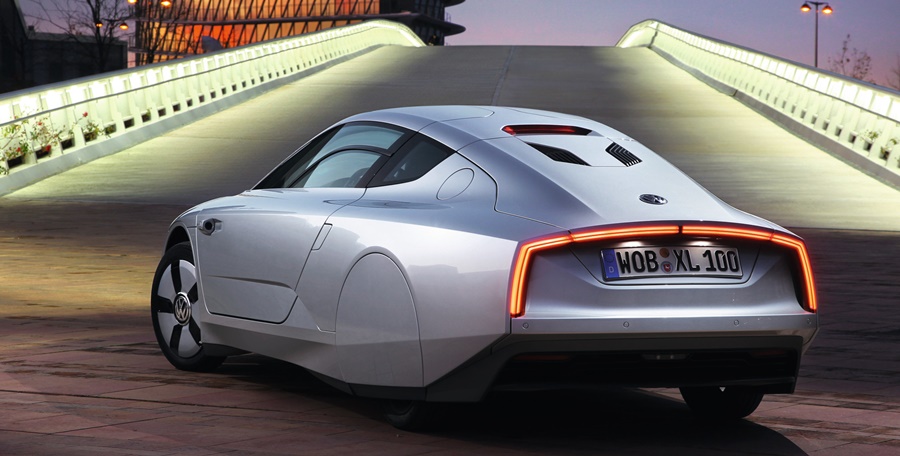
The shape of the ARVW would later be referred to in the radical XL1. And as low drag coefficients provide sizable benefits to an electric vehicle’s range, advanced aerodynamics will play an essential role in Volkswagen’s the upcoming ID. electric vehicle family.

